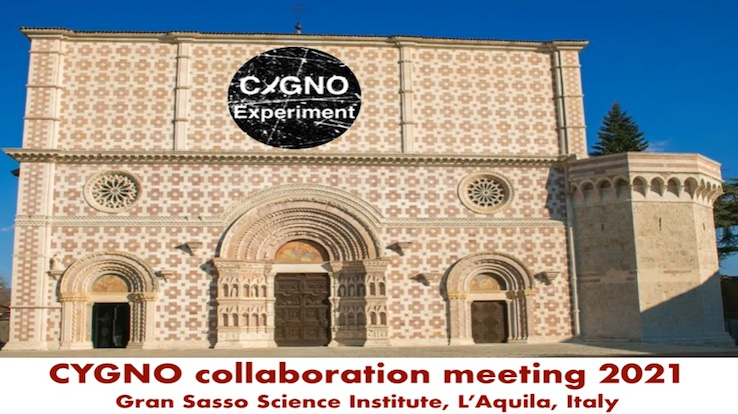Speakers
Description
Following the former studies on He-CF4 (60/40) mixtures with the addition of isobutane percentages from 1- 5%, on the search for the gas mixture that at best enhances the electroluminescence (EL) gain while minimizing the detector operation instabilities owing to the addition of isobutane, we varied the ratio of CF4-to-He for two different isobutane contents, namely 2% and 5% and studied the EL yield, charge gain and energy resolution while monitoring the detector instabilities as we were increasing the electric field.
These studies were motivated by the knowledge that CF4 favors scintillation production while isobutane increases detector operation instability, limiting this way the ultimate voltage applied and, thus, limiting the maximum achievable EL gain. Our goal is to compensate for this EL limitation due to isobutane with the increase of the added amount of CF4.
For this part of the work we have placed a borosilicate filter upon the photosensor window to cut off the VUV and UV part of the scintillation emission, to match closely the response of the ORCA camera used in CYGNO; this procedure enables a closer comparison of our results and the results obtained with LEMON and LIME.
Furthermore, we report on PTN studies that we had done to study the detector stability as a response to P and T variations in the environment and if those variations influence the detector response and how.

